Tempera on paper by Luigi Garibbo, 1858
This painting’s warm tones immediately transport us to southern lands: ochre-tinted soil, maritime vegetation, and a city with the orange rooftops of terracotta tiles. We find ourselves facing Florence under its summer sky.
In the foreground, a barefoot young woman wipes her face as she looks at her broken pitcher, from which the water collected at the spring—visible on the painting’s left side—is spilling. The broken pitcher is among the well-known eighteenth-century symbols alluding to the loss of virginity.
Through the details of the sun-scorched vegetation, we witness the painter’s skill in both flat washes and numerous small, deliberate strokes. As the landscape recedes, the brushstrokes become softer, giving way to more delicate hues and subtler outlines.
Luigi Garibbo, Genoa 1782 – Florence 1869
Signed lower left: L. Garibbo 1858
Original frame with bubble glass, likely never removed.
Frame dimensions: 37 × 28 cm
Visible artwork within the mat: 27 × 18 cm
Born in Genoa in 1782, Luigi Garibbo trained at the Ligustica Academy of Fine Arts before producing copper engravings, sometimes on his own or in collaboration with the renowned Milanese engraver Paolo Fumagalli. He later adopted watercolor—then regarded as a minor technique—ideal for swiftly capturing light and atmosphere. This method, complemented by pencil sketches, yielded a prolific output, valuable artistically and as a record of Genoa’s appearance before the major transformations of the early nineteenth century.
Garibbo rose to prominence in 1822 by publishing two prints depicting serious events that had taken place in Genoa. Drawn to Florence, where he settled permanently around 1830, he taught watercolor and perspective to Princess Charlotte Bonaparte. He also wrote a treatise on aeronautics and perfected the camera lucida, enabling artists to sketch distant views.
During his Florentine period, he continued painting views of his native city, faithful to his original sketches and serving as important documents of a rapidly changing urban landscape. In 1850, he embarked on creating large-scale panoramas—among them one of Naples—an ambitious project that bankrupted him. His final years were marked by poverty and worsening blindness. Shortly before his death in 1869, he donated to the City of Genoa two albums containing over 180 engravings and watercolors, now held at the Palazzo Rosso.
Notes:
Luigi Garibbo, in Dizionario biografico degli italiani, Rome, Istituto dell’Enciclopedia Italiana.
DocSAI, Luigi Garibbo, on Musei di Genova.
Federica Costella, “Un precursore a Genova: Luigi Garibbo e la pittura ‘En plein air’” (PDF), in La Casana, no. 3, Carige, 2011. Accessed May 18, 2018 (archived from the original on August 7, 2016).
Pegli Picta – Opere, on Lions Club Pegli.
Garibbo Luigi, on Istituto Documentazione Arte Ligure 800–900.
Musei di Strada Nuova, En plein air: Luigi Garibbo e il vedutismo tra Genova e Firenze. Exhibition catalog at Palazzo Rosso, Genoa, Silvana Editoriale, 2011.
Bibliography:
EN PLEIN AIR. Luigi Garibbo e il vedutismo tra Genova e Firenze, by Elisabetta Papone and Andreana Serra, Silvana Editoriale, 2011.
Safe and secure shipping :
- Europe (Schengen area): 28 €
- International : 48 €
- Does this item pique your interest or curiosity? Feel free to contact us, we would be delighted to discuss it with you. We are available from Monday to Saturday, from 8 a.m. to 7 p.m., at +33 652 43 97 82
We are fluent in English and have been shipping a wide variety of items internationally for many years. Please feel free to contact us with any questions you may have. Excellent customer service, we accept returns up to 14 days, 100% positive customer reviews.
Visit our store to check all our amazing products


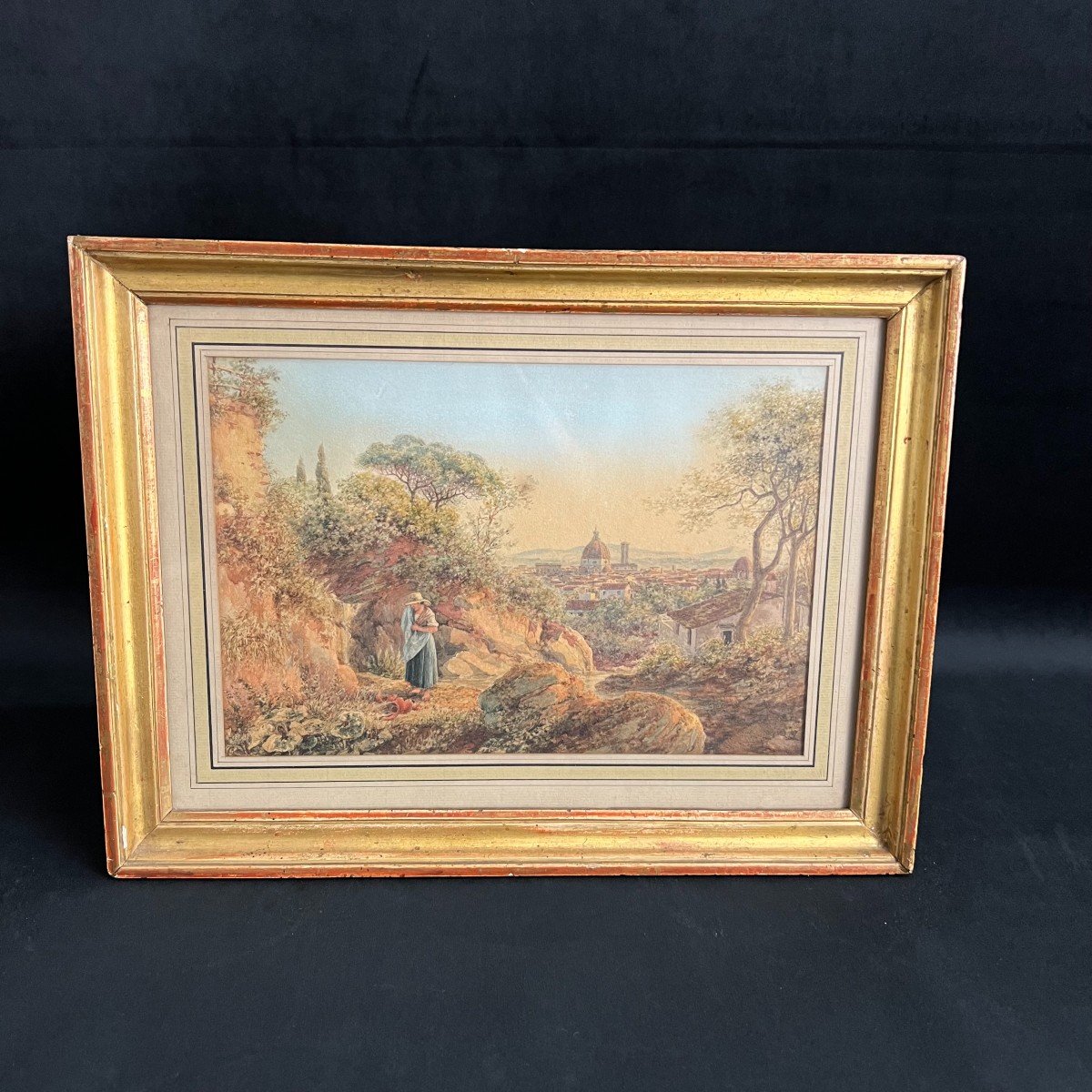
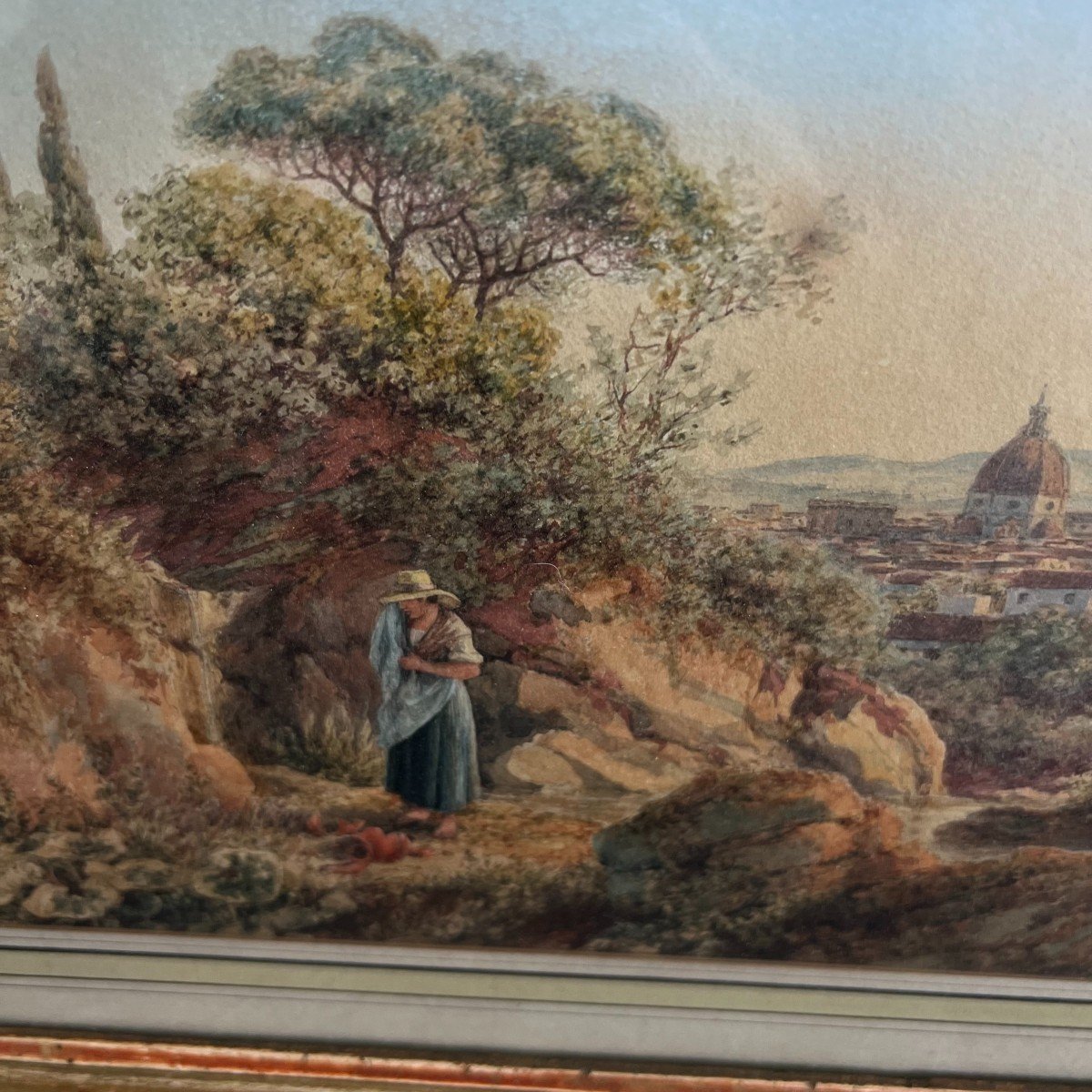
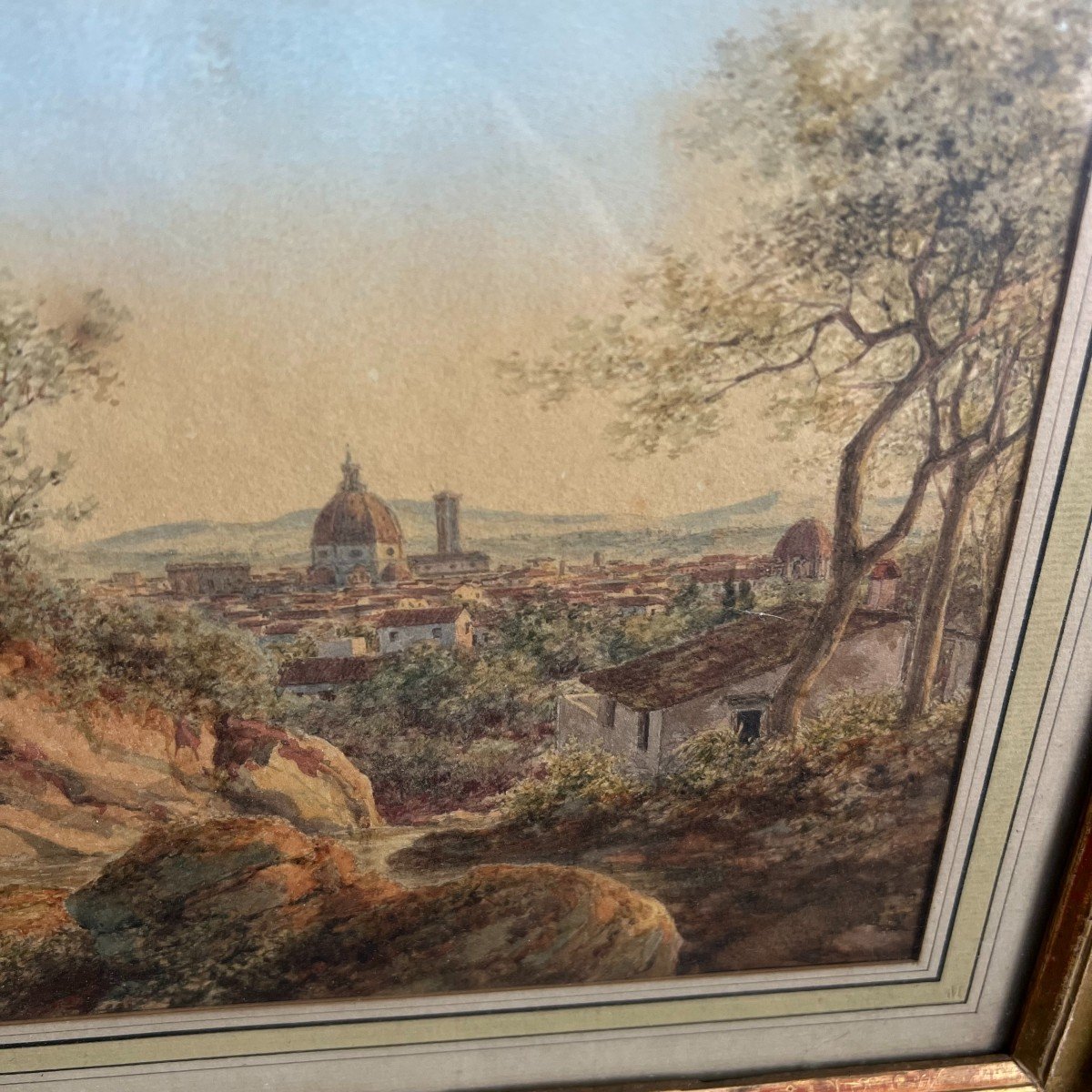

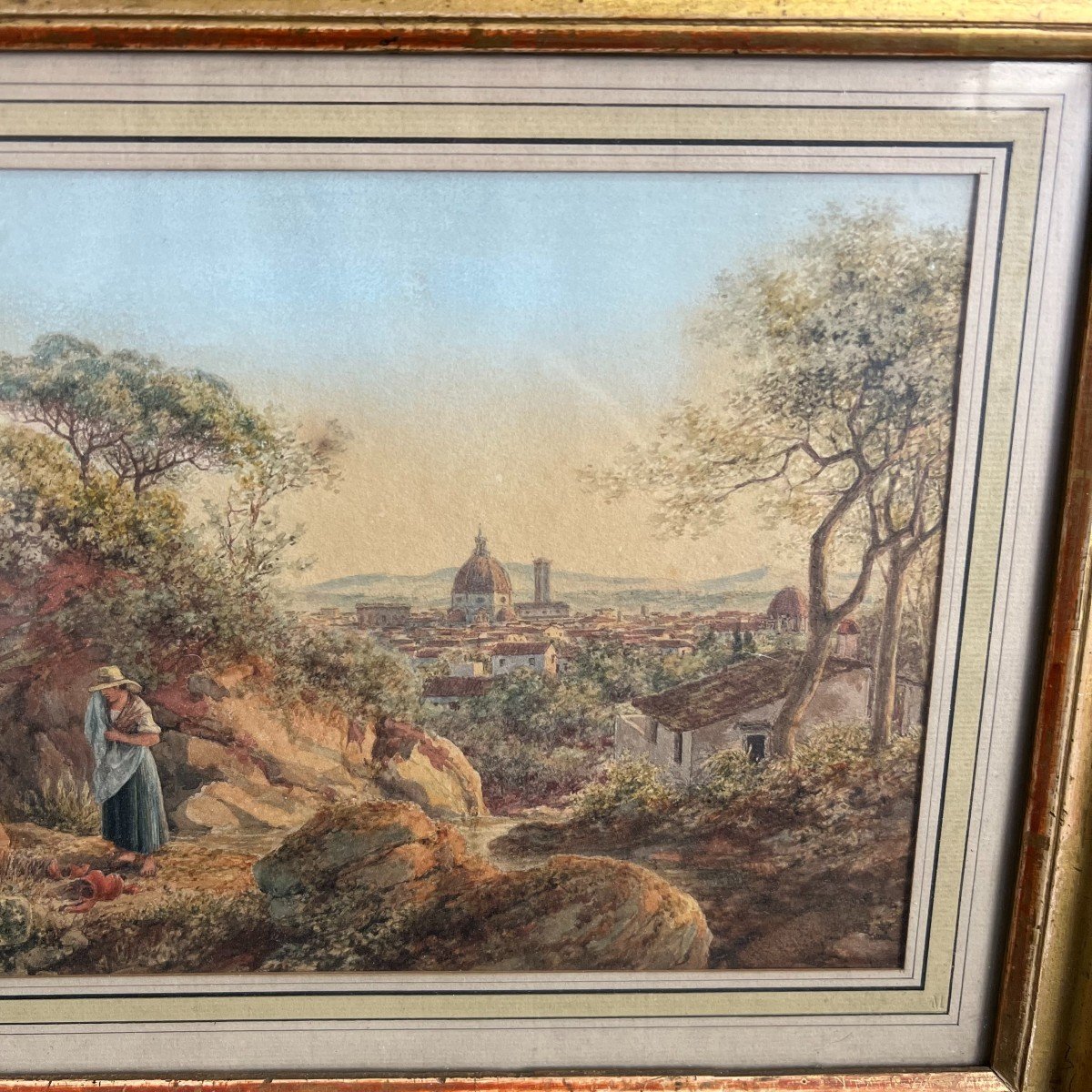
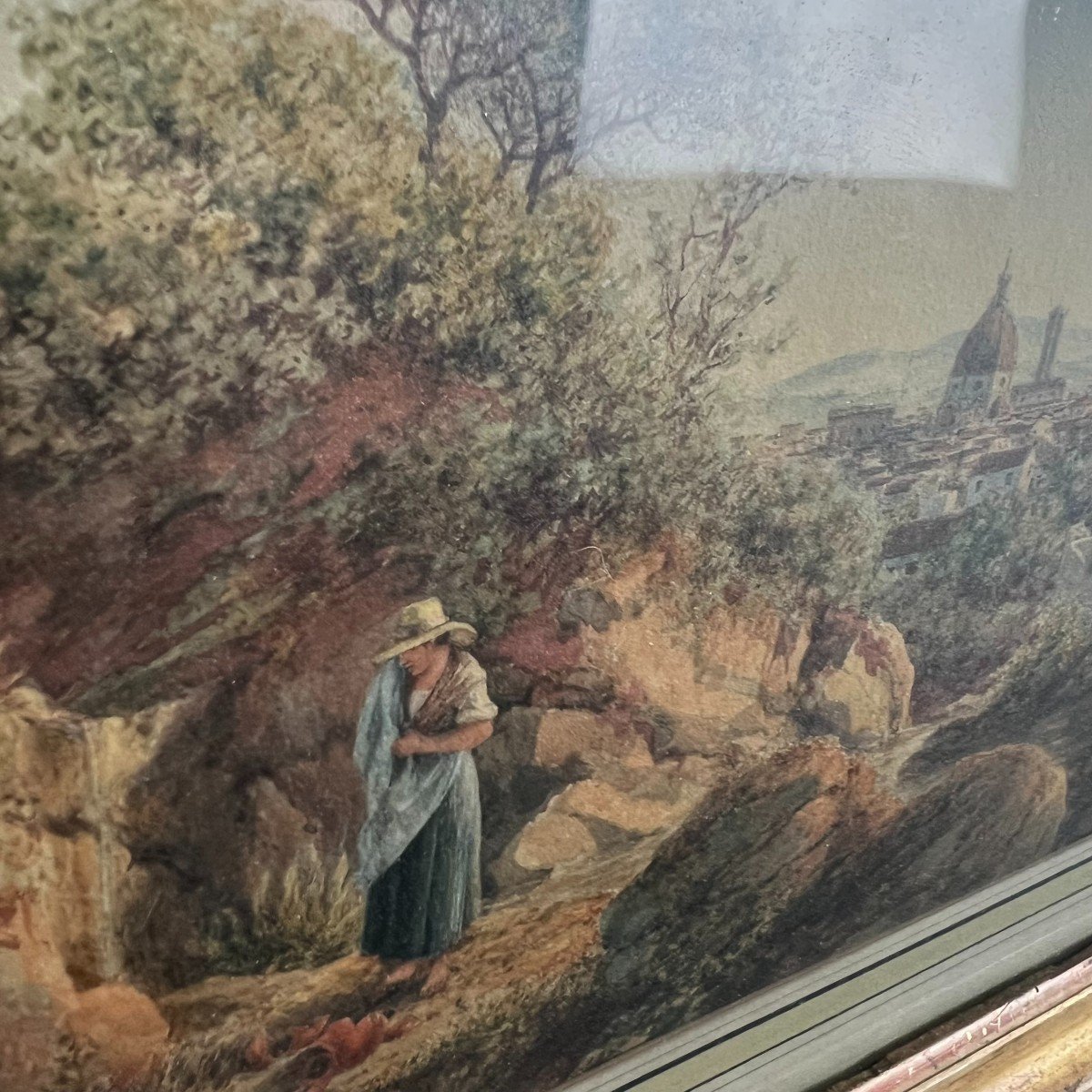

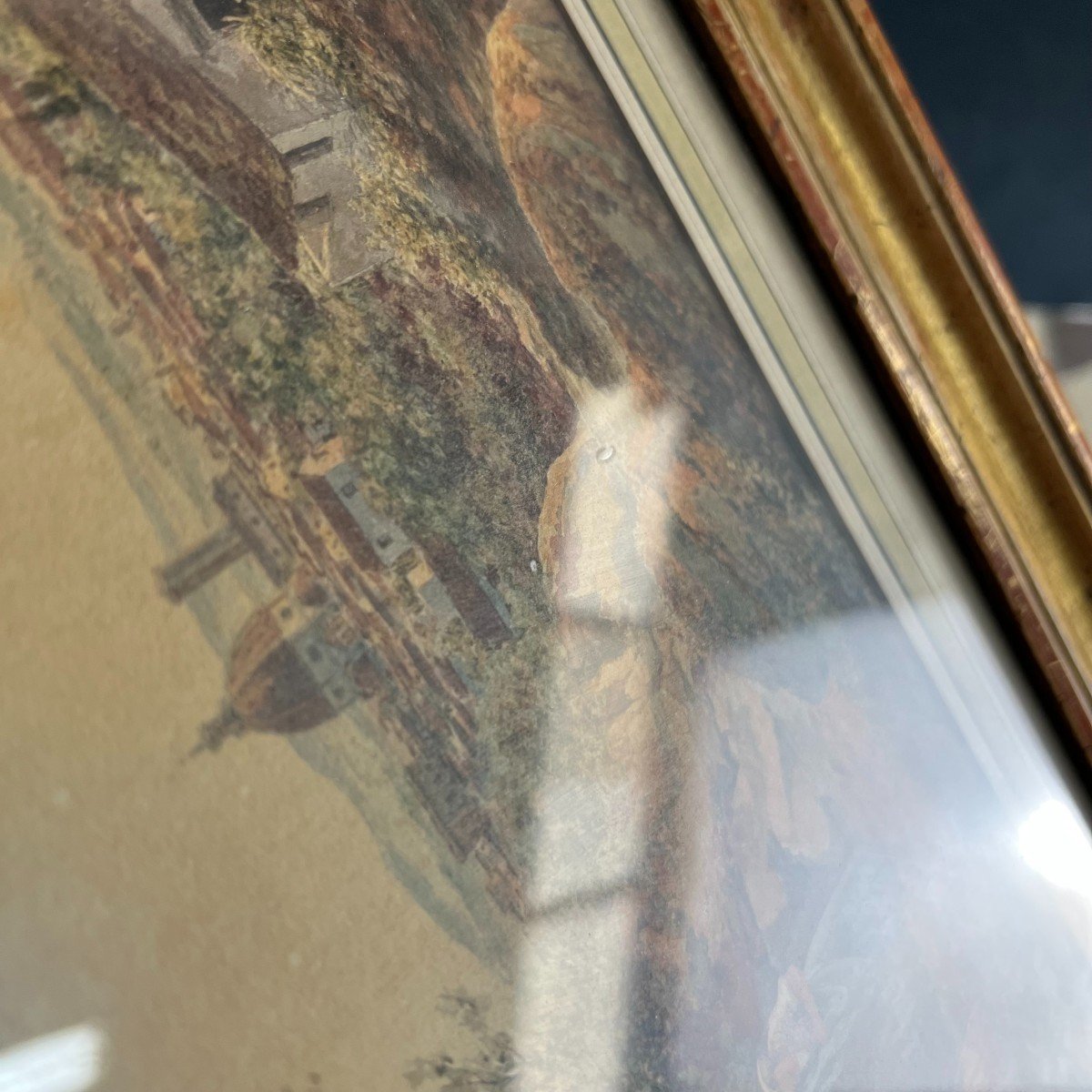
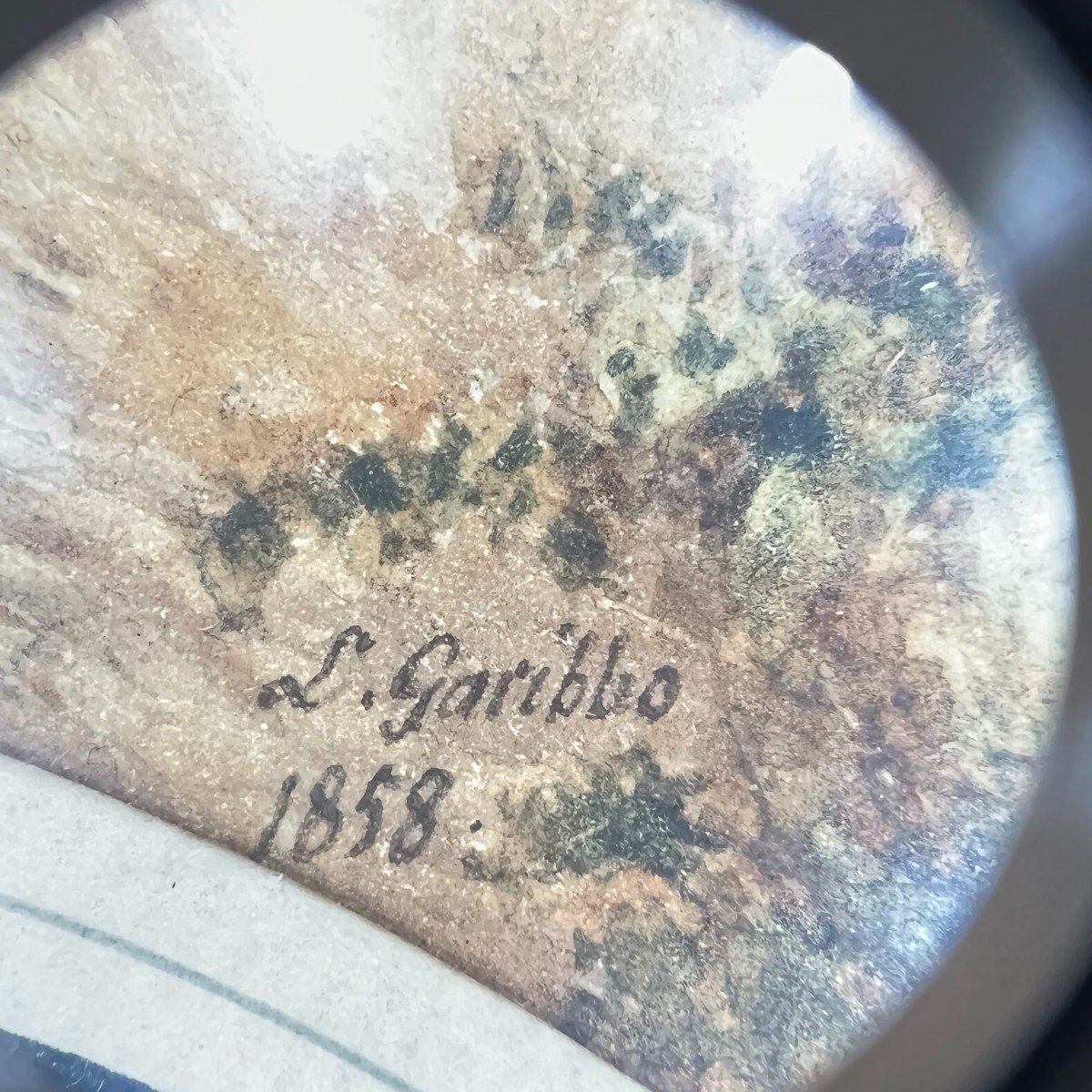
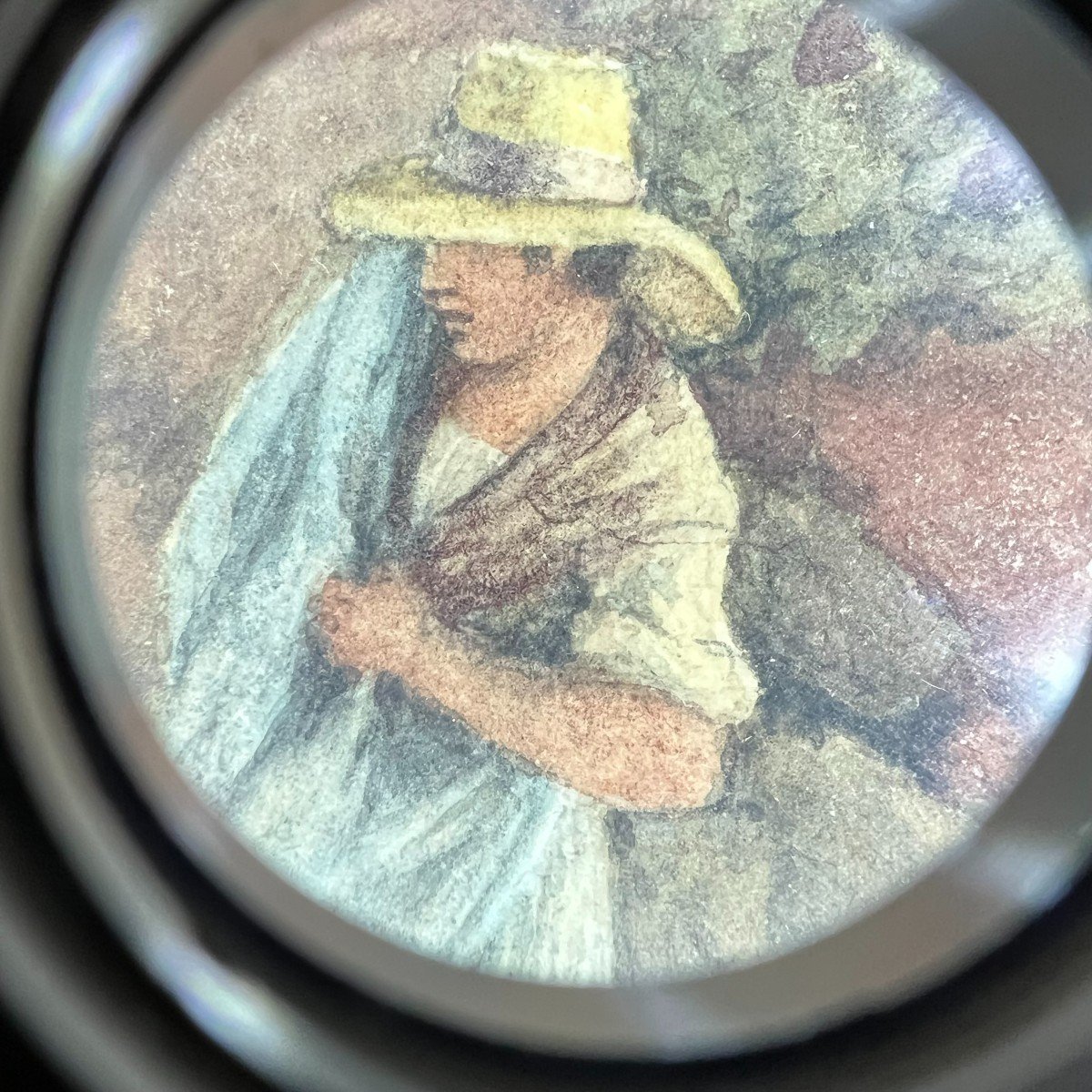

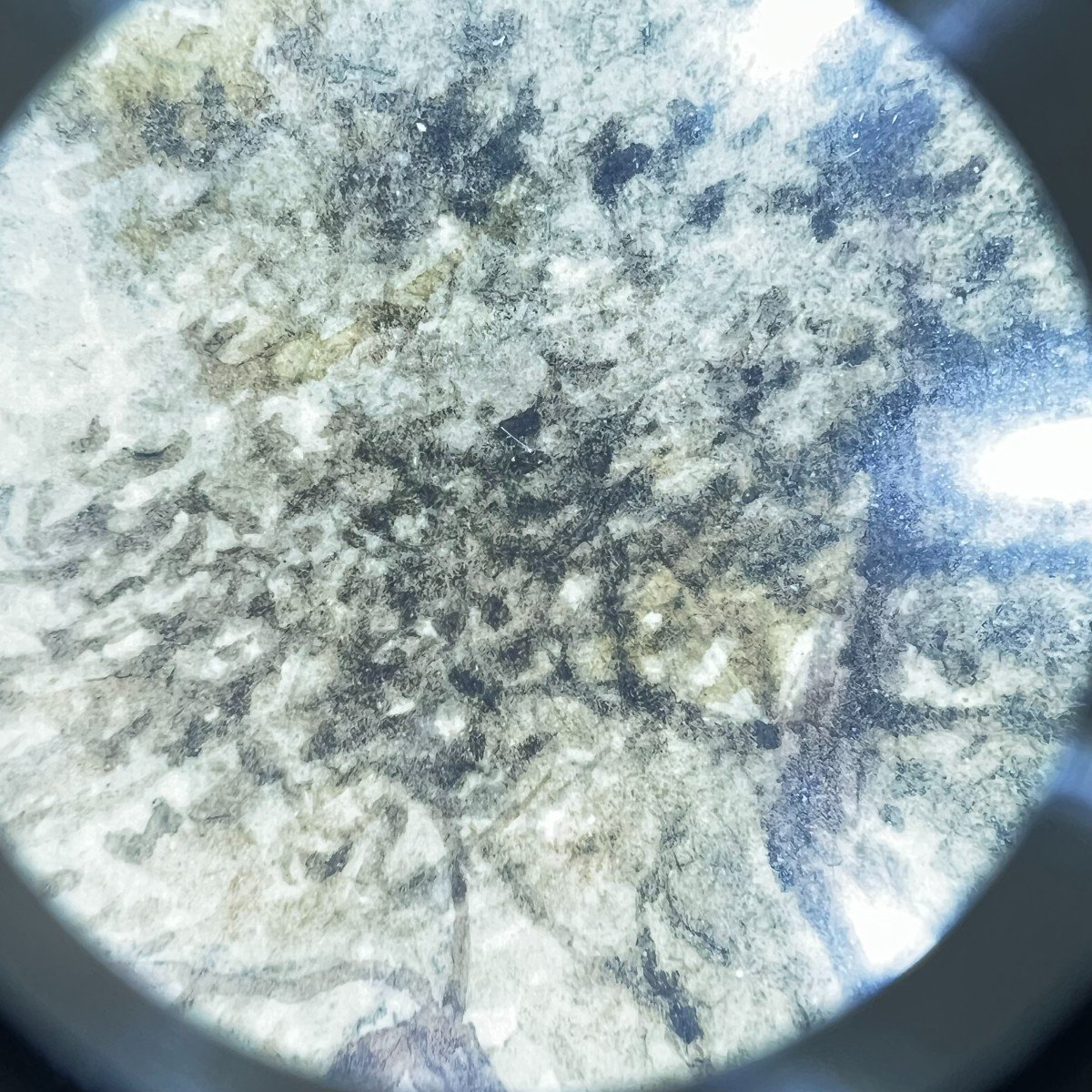


















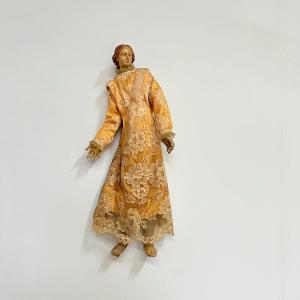










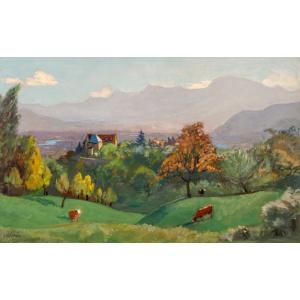





 Le Magazine de PROANTIC
Le Magazine de PROANTIC TRÉSORS Magazine
TRÉSORS Magazine Rivista Artiquariato
Rivista Artiquariato